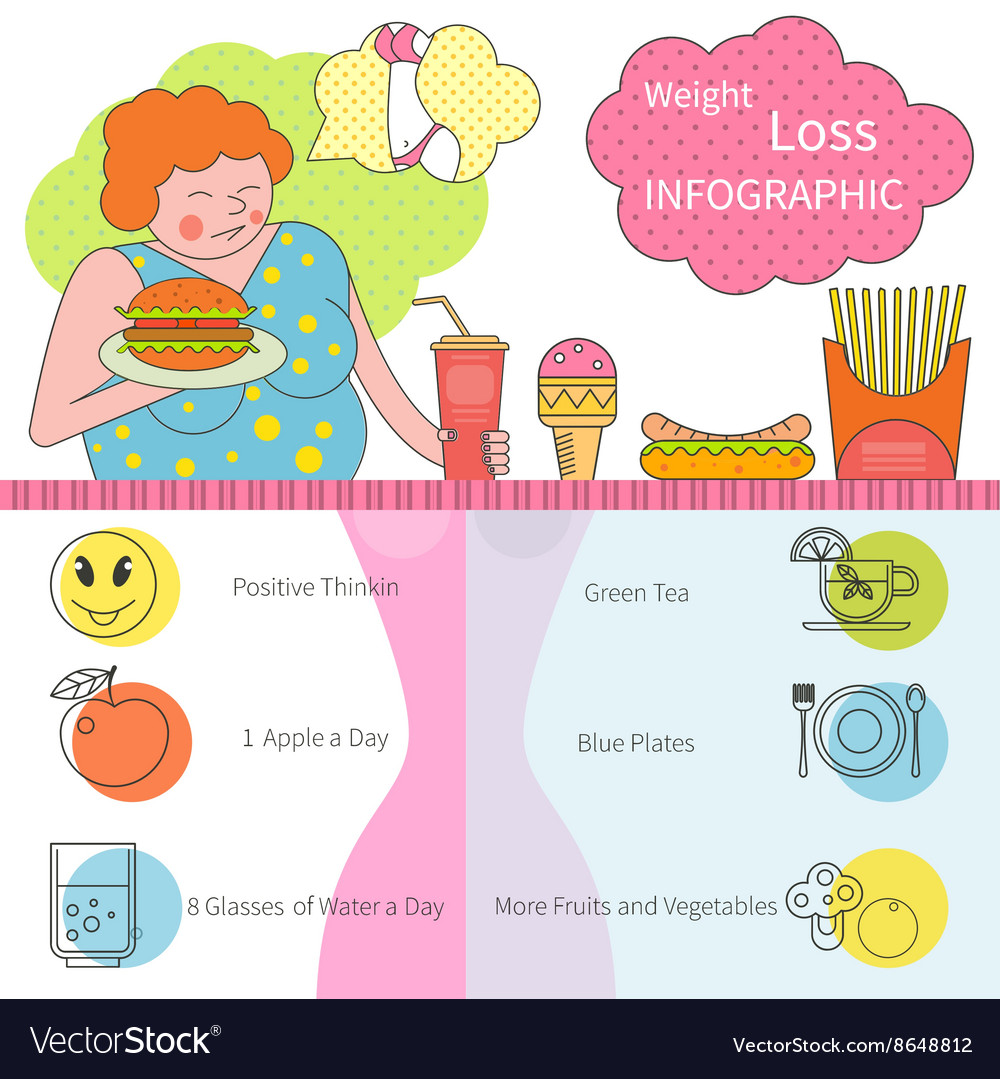The Composition Of An Effective Weight Loss Program: A Scientific Perspective
The Composition Of An Effective Weight Loss Program: A Scientific Perspective
Blog Article
Uploaded By-Hirsch Fischer
Have you ever wondered what truly drives a successful weight management program? It's not almost removing carbs or striking the gym for hours at a time. No, the scientific research behind it is far more intricate and remarkable than that.
In fact, it all boils down to one crucial element: the power equilibrium equation. Captivated? Well, buckle up due to the fact that we will study the nitty-gritty details of how comprehending this formula, along with the function of macronutrients and the influence of workout on metabolic process, can be the game-changer you have actually been looking for.
Comprehending the Energy Equilibrium Formula
To effectively attain weight reduction, it's essential to comprehend the power equilibrium formula. This equation is the foundation of any type of reliable weight-loss program.
It states that weight reduction happens when the energy you eat with food and beverage is less than the power you expend with physical activity and bodily functions. In easier terms, you require to melt even more calories than you take in.
This develops a calorie shortage, resulting in fat burning. Comprehending this equation enables you to make educated decisions regarding your diet regimen and exercise routine.
The Role of Macronutrients in Weight Management
Recognizing the macronutrients and their role in weight loss is essential for designing an effective dietary plan. Macronutrients, that include carbs, proteins, and fats, are the three major sources of energy in our diet plan. Each macronutrient plays an unique function in our body and impacts weight management in a different way.
Carbohydrates: They provide power and are necessary for brain function. However, eating a lot of refined carbs can result in weight gain.
Healthy proteins: They help construct and repair tissues, boost metabolism, and advertise satiation. Consisting of lean resources of protein in your diet regimen can help in fat burning.
Fats: They give power, support cell growth, and assist take in fat-soluble vitamins. Choosing how does glp-1 work in the body , such as those located in avocados and nuts, can add to weight loss.
The Effect of Exercise on Metabolic rate
Normal workout plays a vital function in boosting metabolic rate and assisting in weight loss. When you participate in physical activity, your body's metabolic rate increases, causing even more calories shed throughout the day. This boost in metabolic process is due to several variables.
Initially, exercise boosts the production of muscle tissue, which is extra metabolically energetic than fat cells. Consequently, the more muscle you have, the higher your relaxing metabolic rate will be.
Second, workout enhances the performance of your mitochondria, the giants of your cells in charge of producing power. This implies that your body progresses at converting saved power (like fat) right into usable energy.
Lastly, workout also boosts insulin level of sensitivity, permitting your body to better manage blood sugar degrees and prevent excess fat storage space.
Conclusion
So now you understand the science behind an effective weight management program. By stabilizing can dpp-4 inhibitors be used with glp-1 agonists and expenditure, focusing on the ideal macronutrients, and incorporating exercise into your routine, you can attain your weight loss goals.
Think of a healthier, happier you, dropping those added pounds and really feeling more certain in your very own skin. It's within your reach, so take the first step and commit to a science-backed weight reduction program today.
